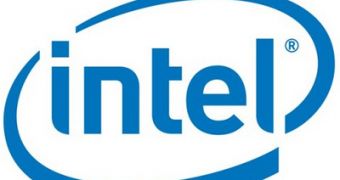Though digital signage products have existed for a while, it seems that only now has the actual specification for them been completed, developed by Intel and dubbed The Open Pluggable Specification (OPS).
Digital signage refers to a form of communication that relies on pluggable media players and digital display screens, such as LCD, projectors or touch screens in public venues.
Intel has now developed the Open Pluggable Specification (OPS) supported by such digital signage industry leaders as NEC, Microsoft and the Taiwan Digital Signage Special Interest Group.
Digital signage equipment based on Intel architecture can be installed in scalable applications that can network with other equipment for upgrade or interoperability.
Basically, the OPS is the first fanless and compact pluggable solution for digital signage applications and boasts the Intel vPro Technology with Keyboard-Video-Mouse redirection.
This lets administrators view and control the display remotely, install upgrades and, of course, run diagnostics tests.
Even a prototype demonstration design was developed for the OPS, based on and Intel Core chip running the Microsoft Windows 7 Embedded Standard operating system.
"The Open Pluggable Specification was created by Intel to address fragmentation in the digital signage market and simplify device installation, use, maintenance and upgrades,”said Jose Avalos, director of retail and digital signage at embedded and communications group at Intel.
“With the specification, digital signage manufacturers will be able to deploy interchangeable systems faster and in higher volumes, while lowering costs for development and implementation," Avalos added.
The main goal of this specification is to give makers of digital signage solutions a means of making their products more intelligent and connected.
Those interested will find it available on the California-based company's website. What remains to be seen is how long it will take for the aforementioned adopters of OPS to actually develop products compatible with it.

 14 DAY TRIAL //
14 DAY TRIAL //